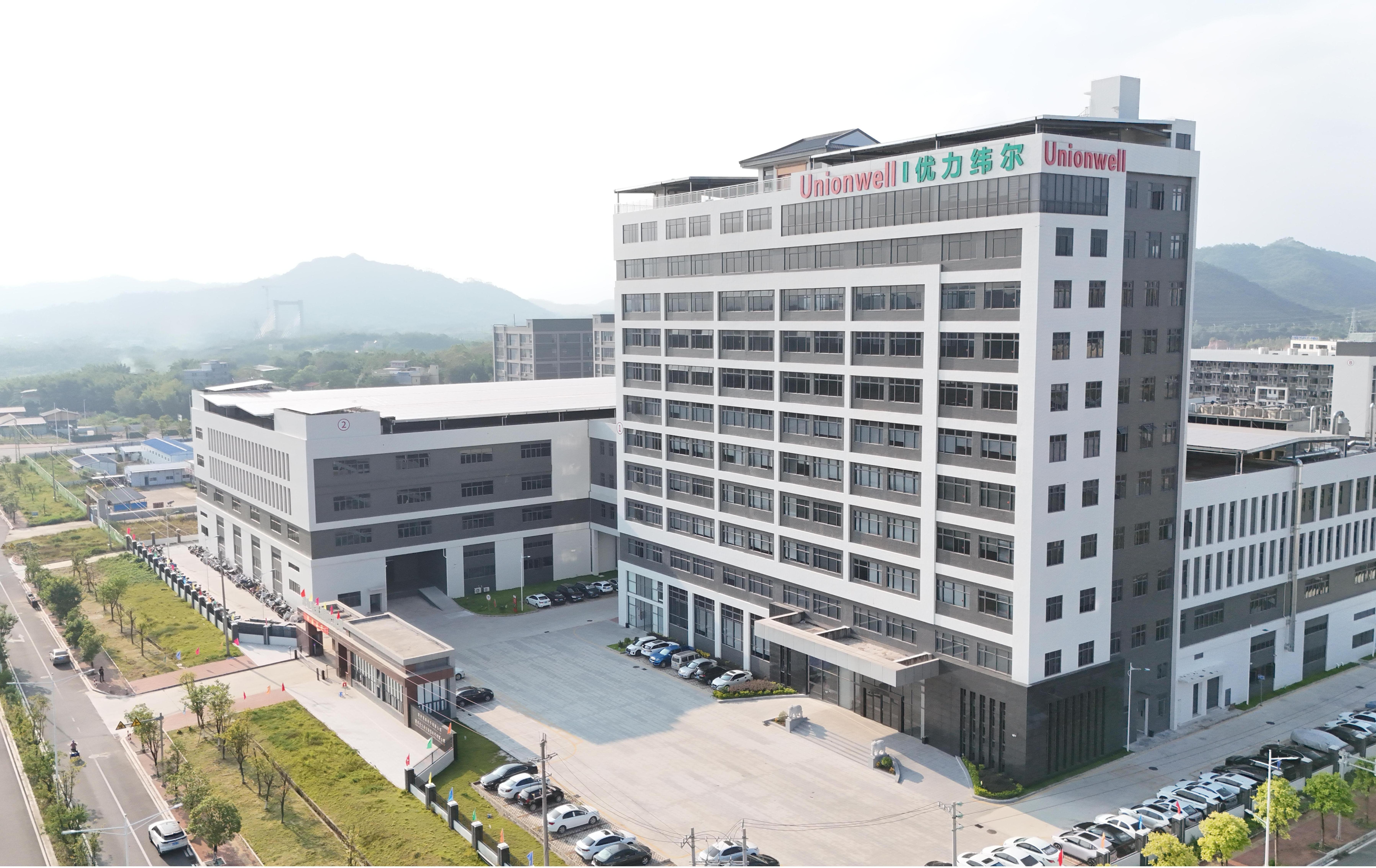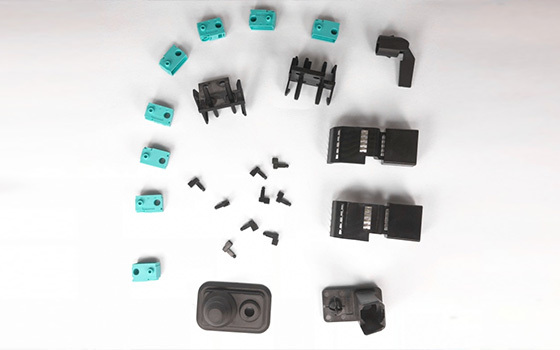The principle and function of a rotary switch.
2024-12-30

The principle and function of the rotary switch
The rotary switch, as a common electronic control component, is widely used in various electrical devices. From the control panels of household appliances to the operating interfaces of industrial equipment, the rotary switch has become an indispensable part due to its simple and intuitive operation and reliable electrical performance. This article will explore the principles and functions of the rotary switch in detail, so that readers can gain a deeper understanding of it.
1. Basic principles of the rotary switch
The rotary switch, as the name suggests, is a control switch that achieves circuit on/off or switching through rotation. Its basic principle is to use the contact and separation between internal conductive contacts and fixed contacts to control the closing and opening of the circuit. The rotary switch typically consists of several main parts: a shell, a knob, a contact assembly, and a fixed base. The shell protects the internal components, the knob is the part operated by the user, the contact assembly includes moving and static contacts, and the contact state between them determines the circuit status, while the fixed base supports and secures these components.
The design of the contacts in a rotary switch is diverse, ranging from simple on/off contacts to complex multi-position switching contacts. During rotation, the moving contact moves with the rotation of the knob, making contact with or separating from different static contacts, thus achieving circuit switching. In addition, some advanced rotary switches are equipped with positioning and locking mechanisms to ensure that the knob can stay in a specific position, preventing misoperation.
2. Functional characteristics of the rotary switch
The functions of the rotary switch are diverse, and depending on the application scenario, it can achieve different control functions. Here are some main functional characteristics of the rotary switch:
1. Circuit on/off control: This is the most basic function of the rotary switch, allowing easy control of the circuit's closing and opening by rotating the knob, thus turning electrical devices on and off.
2. Multi-position switching: Some rotary switches have multiple positions, each corresponding to a different circuit state. By rotating the knob, different positions can be selected, allowing for various working modes or parameter adjustments of electrical devices.
3. Indication function: Many rotary switches have scales or icons marked on the knob or shell to indicate the current position or state. This indication function allows users to intuitively understand the current circuit status, facilitating operation and maintenance.
4. Locking function: Some rotary switches are equipped with locking mechanisms that activate when the knob is rotated to a specific position, preventing the knob from rotating freely. This locking function is particularly important in situations where a stable circuit state needs to be maintained.
5. Waterproof and dustproof: To meet the needs of special occasions, some rotary switches adopt special sealing designs, providing good waterproof and dustproof performance. These rotary switches are widely used in outdoor equipment or humid environments to ensure circuit stability and safety.
3. Application fields of the rotary switch
With its unique functional characteristics, the rotary switch has been widely applied in various fields. In household appliances, rotary switches are commonly used to control the on/off of devices, adjust volume, select working modes, etc.; in communication devices, rotary switches are used to adjust signal strength, select communication channels, etc.; in industrial equipment, rotary switches are used to control the start, stop, and speed adjustment of devices. In addition, rotary switches are also widely used in automotive, aerospace, medical equipment, and other fields, playing an irreplaceable role.
4. Selection and maintenance of rotary switches
When purchasing a rotary switch, factors such as rated voltage, rated current, contact type, and number of positions need to be considered to ensure that the selected switch meets the application requirements. At the same time, attention should be paid to the reliability, lifespan, and protection level of the switch. When using and maintaining rotary switches, it is important to regularly check whether the contacts are worn, loose, or contaminated, and to clean and replace damaged parts in a timely manner to ensure normal operation and extend the lifespan of the switch.
In summary, the rotary switch, as a common electronic control component, plays an important role in various fields. Understanding its principles and functional characteristics is significant for the correct selection and use of rotary switches.
Related News
Contact Us
Email:Ran@greetech.com
Telephone:86-135 3634 9218
Company Address:No.9, Park Avenue, North District, Huizhou Industrial Transfer Industrial Park, Longmen County, Huizhou City, Guangdong Province (6th Floor, No.1 Factory Building)
No. 9, Park Avenue, North District, Huizhou Industrial Transfer Industrial Park, Longmen County, Huizhou City, Guangdong Province
Online message
Get prices and free samples now!










